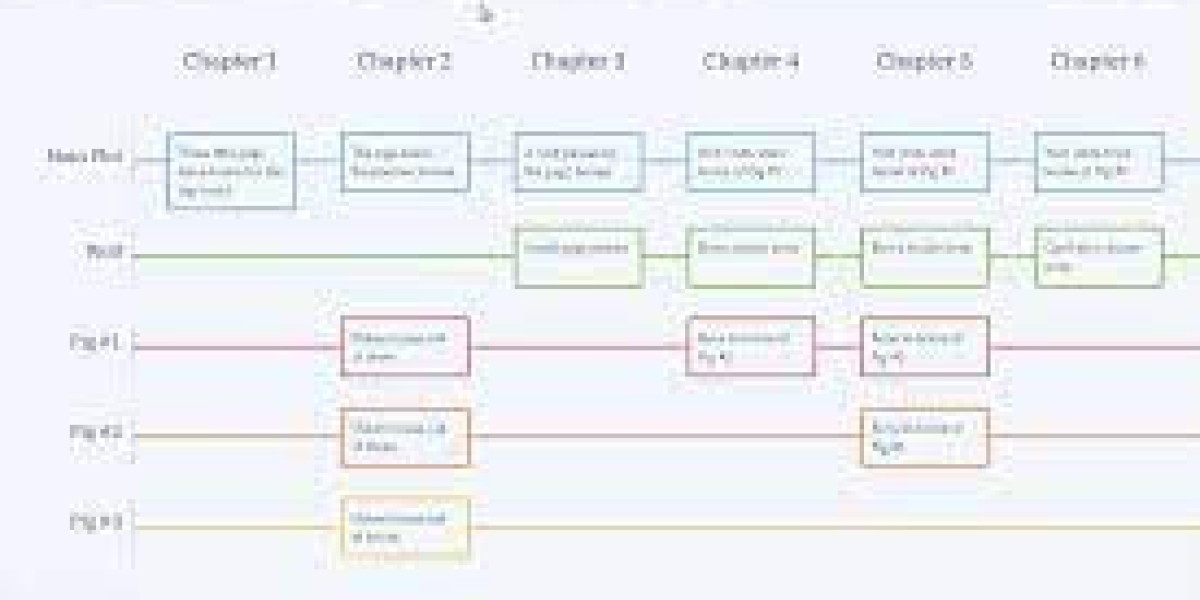Scene cards are an invaluable tool in the realm of storytelling, providing writers with a tangible and structured method to plan and organize their narratives. Whether working on a novel, screenplay, or any other form of creative writing, scene cards offer a visual and tactile means of shaping the flow and structure of a story. In this exploration, we’ll delve into the significance of scene cards, how they are used, and why they are a crucial component of the writing process.
At its core, a scene card is a physical or digital index card that represents a specific scene within a larger story. Each card typically contains essential information about the scene it represents, such as the setting, characters involved, key events, and any other relevant details. Writers use these cards as a form of visual aid to map out the sequence of events in their narrative, helping to maintain coherence and consistency throughout the storytelling process.
One of the primary benefits of scene cards is their ability to facilitate organization. Writing a novel or screenplay involves juggling multiple characters, plotlines, and settings. Scene cards provide a tangible way for writers to manage these elements and ensure that each component of the story fits together seamlessly. By creating a physical representation of each scene, writers can easily rearrange and reorganize their narrative, experimenting with different structures until they find the most compelling and effective arrangement.
Furthermore, scene cards serve as a powerful brainstorming tool. Writers can jot down ideas, notes, and details about each scene on the cards, allowing for a more dynamic and flexible creative process. The tactile nature of scene cards encourages a hands-on approach to storytelling, enabling writers to physically manipulate and arrange their narrative elements. This process often leads to new insights and unexpected connections between scenes, fostering a deeper understanding of the story’s structure and themes.
In addition to aiding in organization and brainstorming, scene cards provide a valuable overview of the entire story. Writers can spread out the cards and visually assess the pacing, balance, and progression of their narrative. This bird’s-eye view allows for a more comprehensive analysis of the story’s strengths and weaknesses, helping writers identify areas that may require further development or refinement.
Scene cards are particularly useful during the planning and outlining stages of writing. Before diving into the actual drafting process, many writers choose to create a series of scene cards outlining the major beats and events of their story. This initial planning phase provides a roadmap for the writing journey, offering a clear direction and structure for the narrative.
Moreover, scene cards can be a lifesaver when faced with writer’s block or uncertainty about the next steps in the story. If a writer finds themselves stuck at a particular point, they can refer to their scene cards to gain perspective on the broader narrative and identify alternative paths for the plot to unfold. The visual representation of each scene can spark new ideas and perspectives, helping writers overcome creative hurdles.
While scene cards have been traditionally associated with physical index cards, digital tools have become increasingly popular in modern writing workflows. Many writers use software applications that allow them to create virtual scene cards, providing the same organizational benefits in a digital format. These tools often include additional features such as the ability to color-code cards, attach notes, and easily rearrange scenes with a simple drag-and-drop interface.
Despite the shift to digital tools, some writers still prefer the tangible nature of physical scene cards. The act of physically handling and rearranging cards can have a tactile and sensory impact on the creative process, offering a different experience than working solely in a digital environment. Some writers even find that the physicality of scene cards enhances their connection to the story and fosters a more immersive writing experience.
In conclusion, scene cards are a valuable and versatile tool in the writer’s toolkit. Whether in physical or digital form, these cards offer a structured and visual approach to organizing and planning a narrative. From brainstorming ideas to overcoming writer’s block, scene cards provide writers with a dynamic and interactive method for shaping their stories. As technology continues to advance, the role of scene cards may evolve, but their fundamental purpose — helping writers craft compelling and well-organized narratives — remains a timeless and essential aspect of the creative process. Visit official website makeascenecards.com







